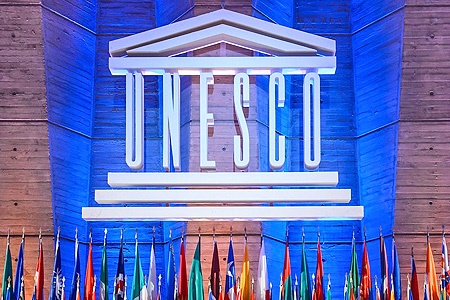UNESCO's Mission and Vision
UNESCO (United Nations Educational, Scientific and Cultural Organization) UNESCO was founded on 16 November 1945 (25 Aban 1324 in the Persian calendar) through the signing of its Constitution by 37 countries. It is the specialized UN agency in the fields of education, science, culture, and communication. Its central mission, as stated in Article I of the Constitution, is “to contribute to peace and security by promoting international collaboration through education, science, and culture to further universal respect for justice, the rule of law, and human rights and fundamental freedoms.” Today, UNESCO has 194 Member States and develops international standards and conventions, such as the World Heritage Convention (1972) and the Recommendation on the Ethics of Artificial Intelligence (2021).
Governing Structure UNESCO’s governance is organized through three main bodies:
- General Conference : The supreme decision-making body, composed of representatives of all Member States, which meets every two years to approve programs and budgets.
- Executive Board :Composed of 58 elected Member States, responsible for overseeing the implementation of decisions and preparing the agenda for the General Conference.
- Secretariat: Headed by the Director-General (Audrey Azoulay, since 2017), it manages the operational implementation of UNESCO’s programs with about 2,000 staff from 170 countries.

